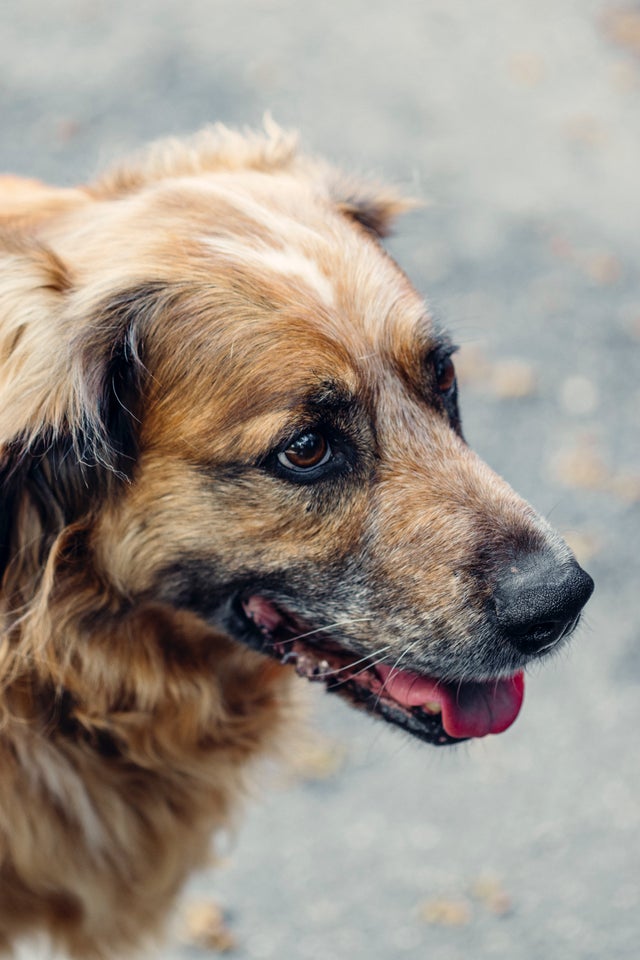In terms of pet food, there are a lot of options available on the market: dry food, wet food, semi-wet food, and even services that create customized meals for your dog. The ever-expanding number of options can be confusing for new and seasoned pet owners alike. The good news is, both dry food and canned wet food can provide your dog with the nutrients it needs.
Still, many pet owners probably wonder if there are advantages to one option over another. Here are some things to consider when making a choice for your pet:
Your dog’s preferences
Like humans, dogs also have preferences in food texture! Some dogs are picky eaters, and may find canned wet food more palatable than dry food. Canned wet food could also be a good option for dogs that can't seem to crunch hard pieces of kibble.
Even if you know your dog prefers dry food, there are lots of different shapes and sizes that the kibble pieces could come in. Larger or abnormally shaped pieces can be hard for puppies and smaller dogs to chew, so a brand with smaller pieces will be easier for them to handle.
Your dog’s eating habits
Does your dog like to eat all at once, or graze throughout the day? If your dog tends to eat at designated times, both wet and dry food are good options. For dogs that like to eat a little bit throughout the day, dry food may be a better option. Canned wet food has a higher water content than dry food, so it is more prone to form bacteria and mold if left out for the whole day.
Refrigeration
One of the downsides to wet dog food is the shelf-life and need for refrigeration. Since cans of wet food can contain more than one serving, they may need to be stored in the refrigerator once opened to preserve the remaining portions. It is best to cover opened cans and store them in a refrigerator to slow the growth of mold and bacteria.
On the other hand, dry food requires no refrigeration. Most of the time, dry food will come in a re-sealable bag, so storage takes care of itself. This also makes dry food a good option while traveling or while camping. As long as the food doesn’t get exposed to too much moisture, it remains safe to eat.
It may take some time to figure out which type of food works best for your dog. Another option is to give your dog a mix of wet and dry food. Adding some wet food on top of kibble adds some flavor and texture, which your dog may end up liking more. If you are concerned about your dog’s eating habits or weight, it is best to speak to your veterinarian.




